
Crewmember Drowns in Clipper Race
While racing from South Africa to Fremantle, Australia, the Clipper Race entry GREAT Britain lost a crewmember overboard. On Saturday, November 18, Simon Speirs, from Bristol, UK, was on the bow helping with a headsail change when he was swept overboard. He was clipped in with his tether, as all crew are required to be, but, somehow, in rough seas and 20 knots of wind gusting to 40, he became separated from the boat.
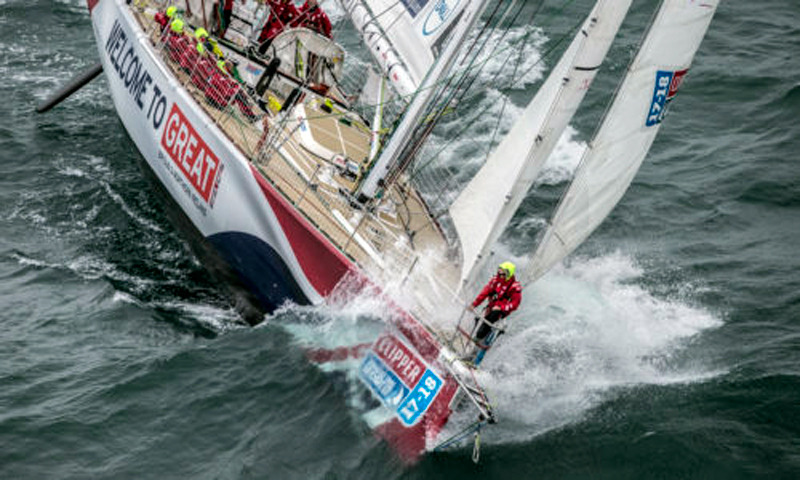
All Clipper Race sailors are well trained in safety procedures, including crew-overboard recovery. Speirs’ shipmates brought him back on board in 36 minutes, and he was given CPR; medically trained crew on GREAT Britain include a GP. But Speirs never regained consciousness and was pronounced dead.

A highly experienced sailor, Speirs had signed up for the entire eight-leg circumnavigation. He was buried at sea yesterday, with a Christian service as requested by his family.
In a show of support, Unicef made the decision to sail toward GREAT Britain. Unicef skipper Bob Beggs said: “Overnight we could make out GREAT Britain on the AIS and had a quick chat with skipper Andy Burns. We offered any assistance they might need, but they are self-sufficient and resuming racing. Our thoughts are with them.”
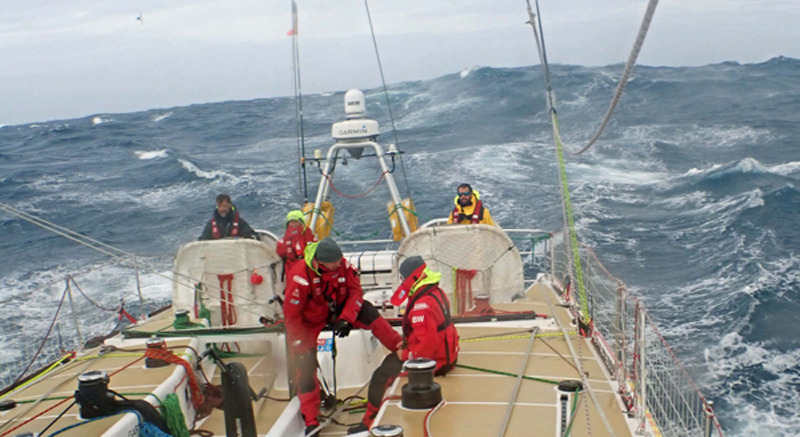
PSP Logistics is leading the fleet of 11 one-design monohulls in Race 3, the Southern Ocean Leg, with Visit Seattle in second place. Sanya Serenity was leading before going into ‘stealth mode’. Dare to Lead is leading the race overall. Harmon Shragge of San Francisco, whom we profiled in the September issue of Latitude 38, is currently sailing aboard Garmin. The fleet is expected to begin arriving in Fremantle tomorrow. See www.clipperroundtheworld.com.
Sailing Shelter Island
One of the great things about Shelter Island on San Diego Bay is the sailing vibe. Take a stroll down Shelter Island Drive and you’re totally immersed in sailing. The main drag is surrounded by marine businesses, and you can easily walk from sailmakers to riggers to boat yards. Bars such as Fiddler’s Green are full of half models. San Diego Yacht Club almost always has an event leaving their docks, and there’s quick access to San Diego Bay and the ocean. And just a little farther over the horizon is Mexico.
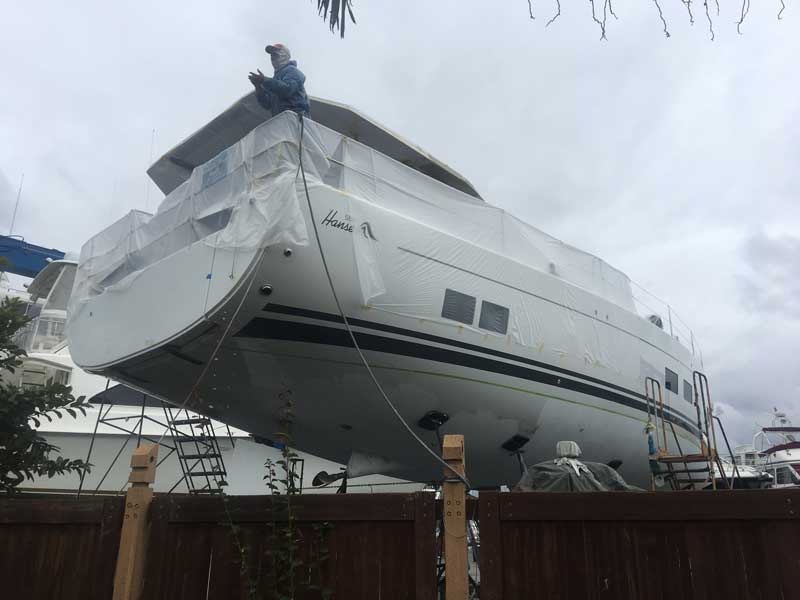
©2017Latitude 38 Media, LLC
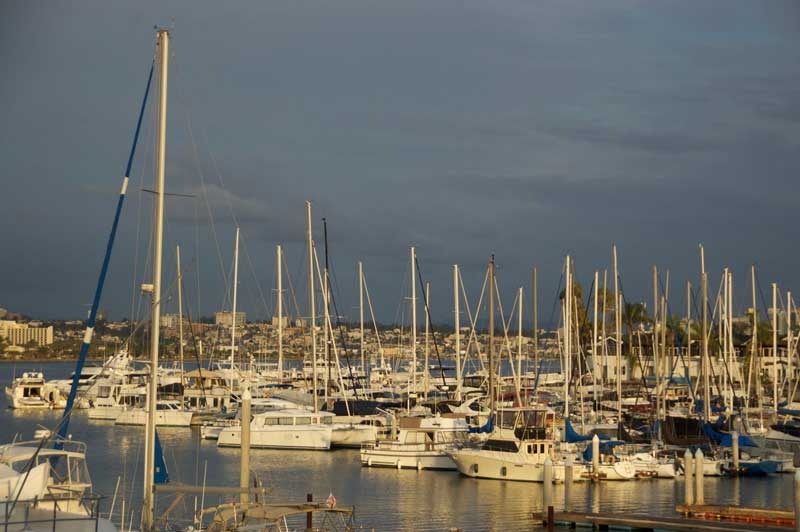
©Latitude 38 Media, LLC
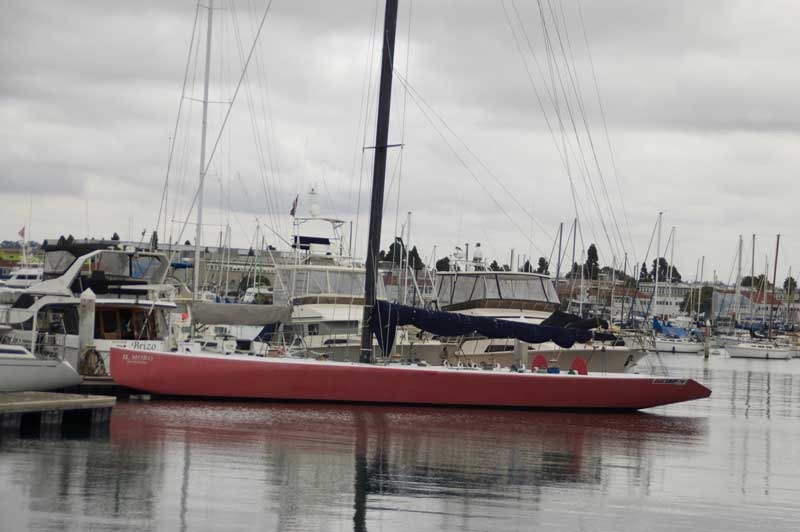
©2017Latitude 38 Media, LLC
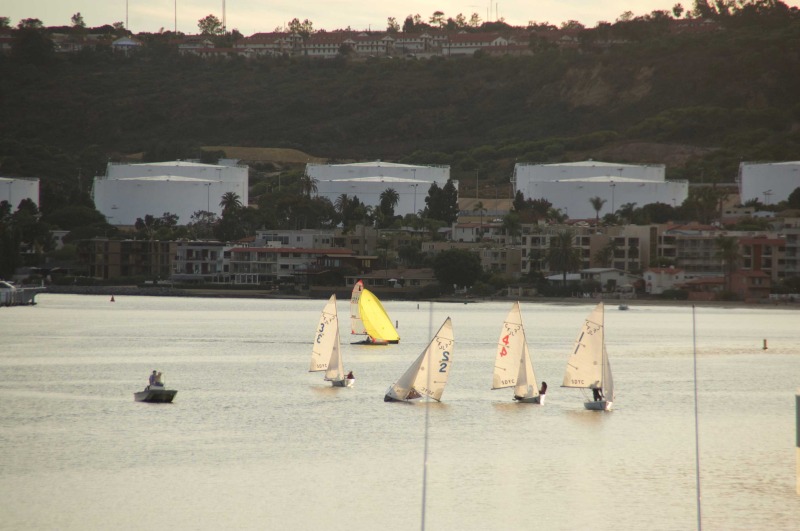
©2017Latitude 38 Media, LLC
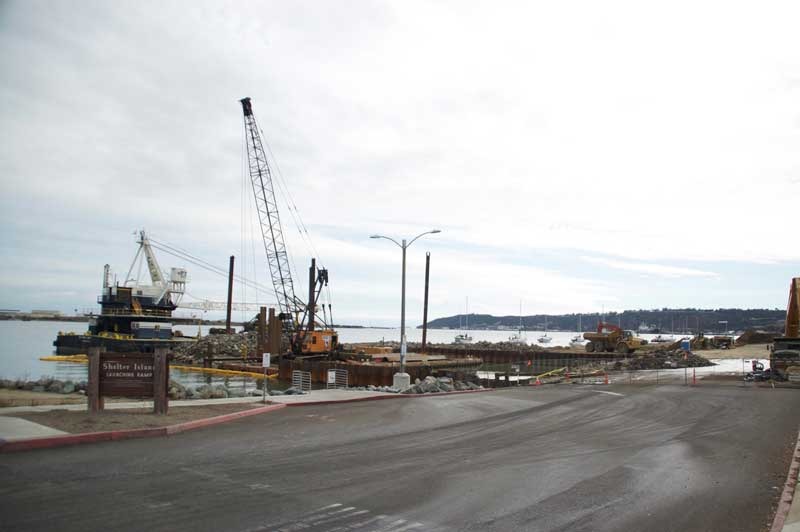
©2017Latitude 38 Media, LLC
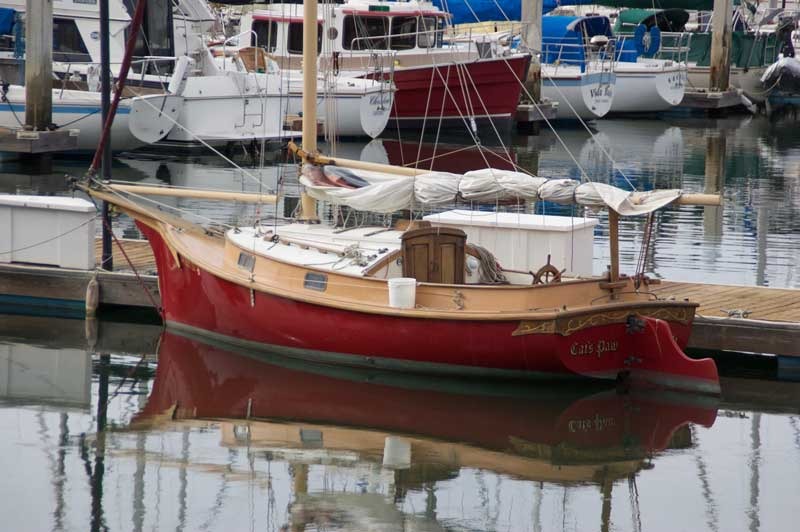
©2017Latitude 38 Media, LLC
PHOTO
You can travel pretty far in search of great sailing but, if you’re in California, there’s plenty right nearby. Cruisers heading to Mexico in the fall or returning north in the spring always spend some time on Shelter Island or nearby Harbor Island. When you pick up your copy of the December issue, you’ll find stories of both the Lipton Cup and Masters regattas, both hosted by SDYC, as well as a wrap-up of the 24th Baja Ha-Ha which always starts off the tip of Shelter Island.
40 Years of Mischief, Part 1
What happens in Vegas might stay in Vegas. But not at Latitude. Longtime readers will know we’ve been pretty forthcoming about mistakes, screw-ups and bloopers (which can be one and the same, but not always). What you likely haven’t heard until now are some of the crazy things that went on behind the scenes as we went about the business of bringing you the latest sailing news.
Such as…
When the first non-American America’s Cup kicked off in Perth in 1987, it was back in the Pleistocene age when mammoths roamed the earth and, in the Latitude offices, things like computers and digital photography were still years away. There was no money to actually send a reporter to Western Australia. (Whaddya think — we actually get rich doing this? Ha.) So how to cover the action? Well, we did have a cruising person who sent regular reports of activities ashore, and our good buddy, the late Bobby Grieser, would send a CD of great color shots every month.
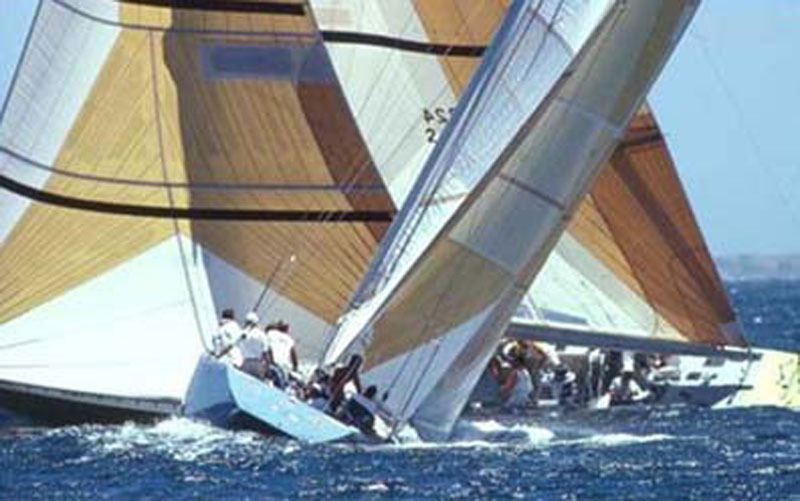
But to get a real feel for the action, every afternoon, we’d go over to the 2 AM Club — a bar near the office — and beg them to change the channel on the newfangled big screen TV to that newfangled sports channel, ESPN. Of course we had to legitimize the request by buying a beer or two. Then we settled in for 15 or 20 minutes and hoped for some key action we could cite in our upcoming coverage. Fortunately, when the Fremantle Doctor (Western Australia’s seabreeze) came in, there was usually plenty of that. The reason these sessions would last only 15-20 minutes is that’s how long it took for the other bar patrons to tire of sailing and get the TV switched back to basketball.
Remember film? For the first 20-some years of the magazine, we shot almost exclusively Ilford HP400 black-and-white film. It was cheap and easy to develop, and we made our own prints and half-tones. The process wasn’t flawless. One month we recall turning in all the rolls we’d taken on the weekend, and all six of them came out blank. So much for the planned spread on THAT regatta. But two rolls were of transient cruisers taken for an upcoming article. S*%T! We scrambled around and the next day were able to re-take almost all the pics that had been lost.
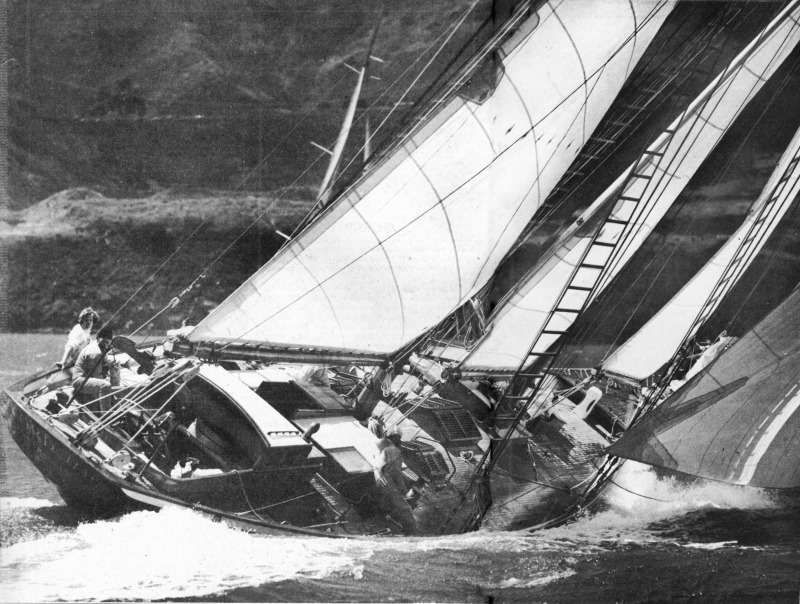
But those rolls came out blank, too. Damn! Thinking the camera was screwing up, we ran out the door with a different camera, and managed — once again — to get most of the photos . . . the rolls were blank. For the fourth time, half the cruisers were gone and the other half thought we were some kind of pervs and wouldn’t let us aboard their boats again. Turned out that the darkroom person had mistakenly marked the bottle of fixer (or was it stop bath?) as "developer." Whoops.
On the advice of a physician to "do something relaxing once in a while," the overstressed Publisher/Wanderer decided to take one Friday off in July, 1987, and sail his Olson 30 Little O to the Delta with friends. These particular friends weren’t sailors, so they apparently didn’t think it was odd that there were no nautical charts aboard. But the publisher did have a road map of the Delta area. All he had to do was stay in the blue areas. What could possibly go wrong?
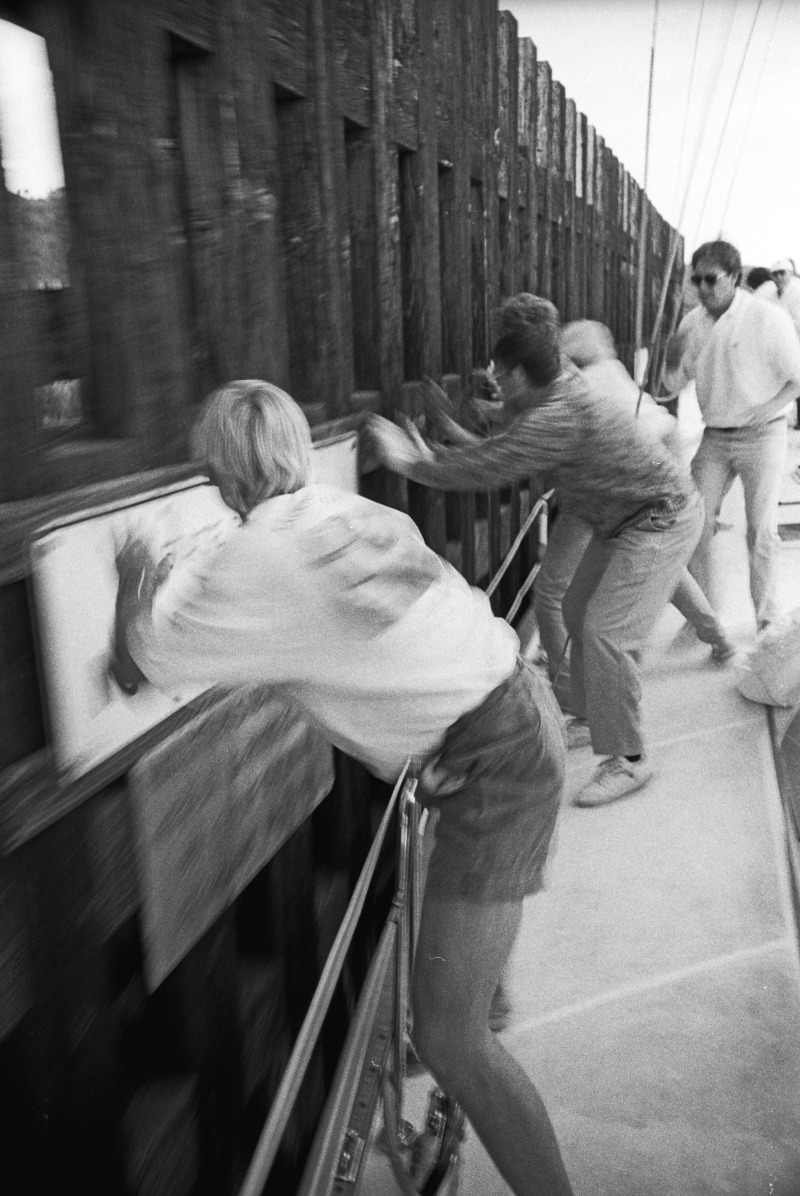
©2017Latitude 38 Media, LLC
He later told us they were whizzing up Suisun Bay under spinnaker when "the wheels fell off." The boat had strayed out of the channel and hit the mud, going from about 12 knots to zero in a boatlength. The impact flopped Little O over onto its side and launched the Wanderer out through the lifelines into the brown water. The guests knew this wasn’t supposed to happen, and started throwing liferings and other floaty stuff. The Wanderer told them to stop. Then he stood up in the thigh-deep water and walked back over to the boat. They finally got the sails down, a pull off the mud from a good Samaritan, and — once again stress-free — soldiered on.
